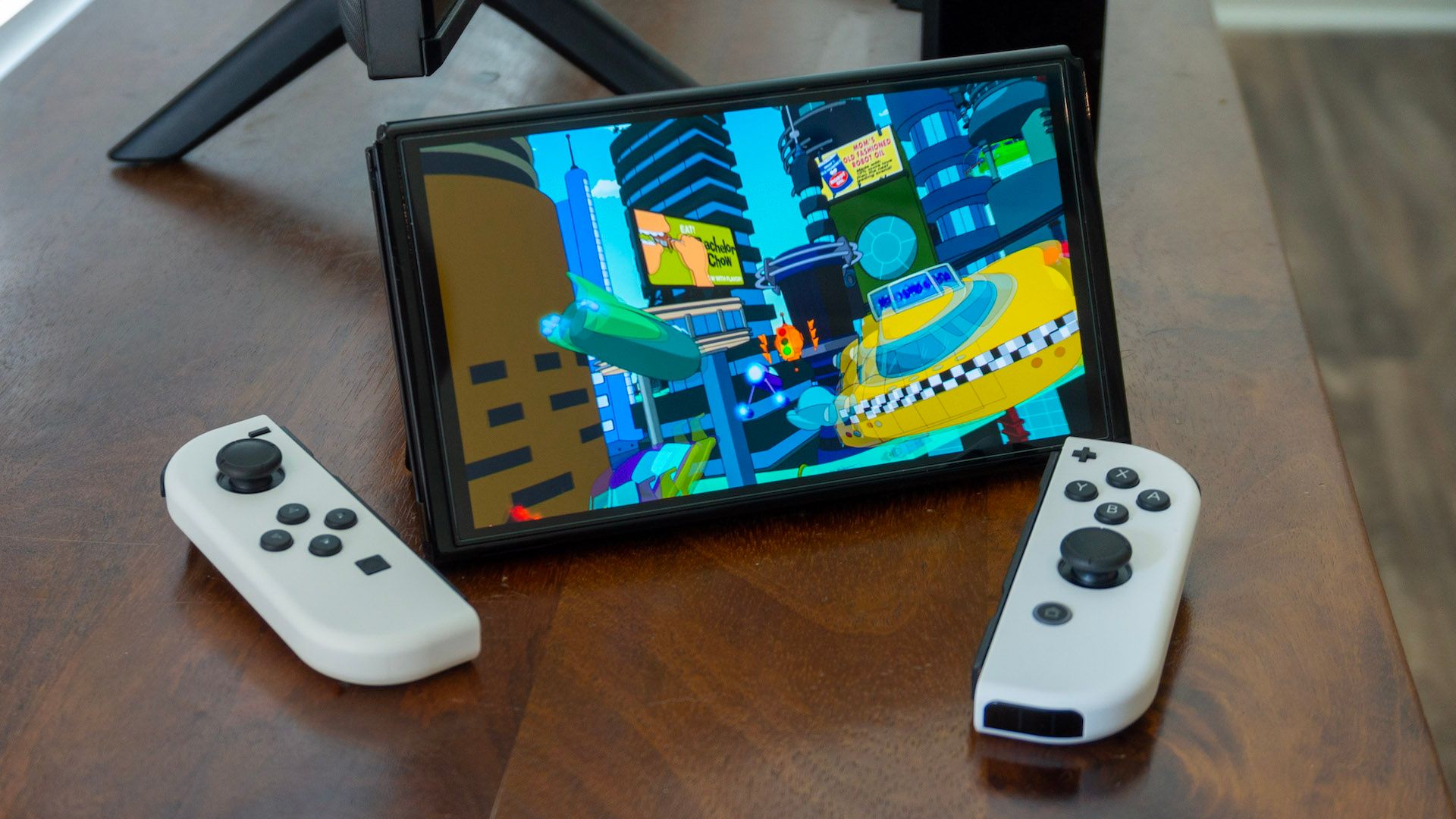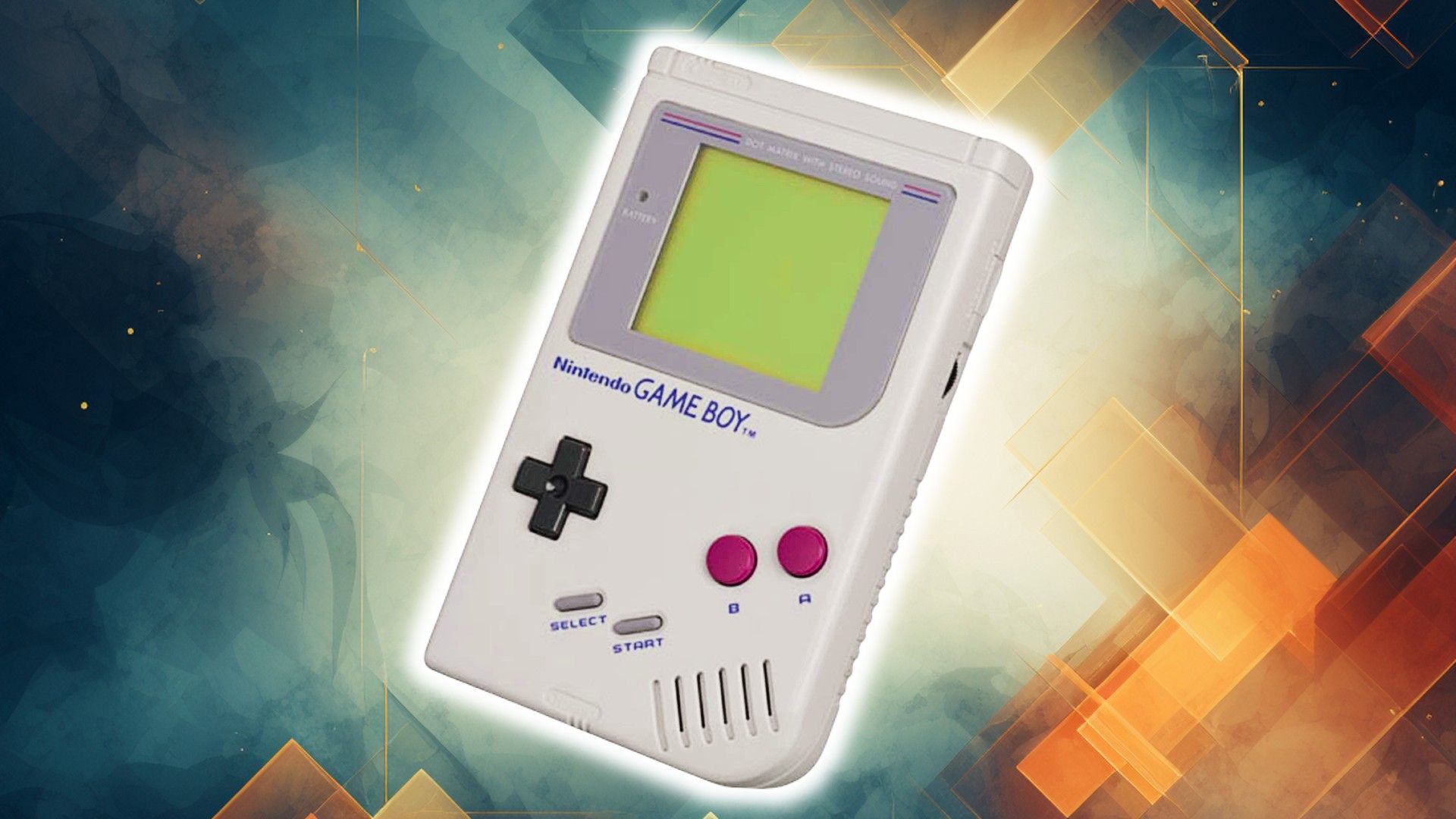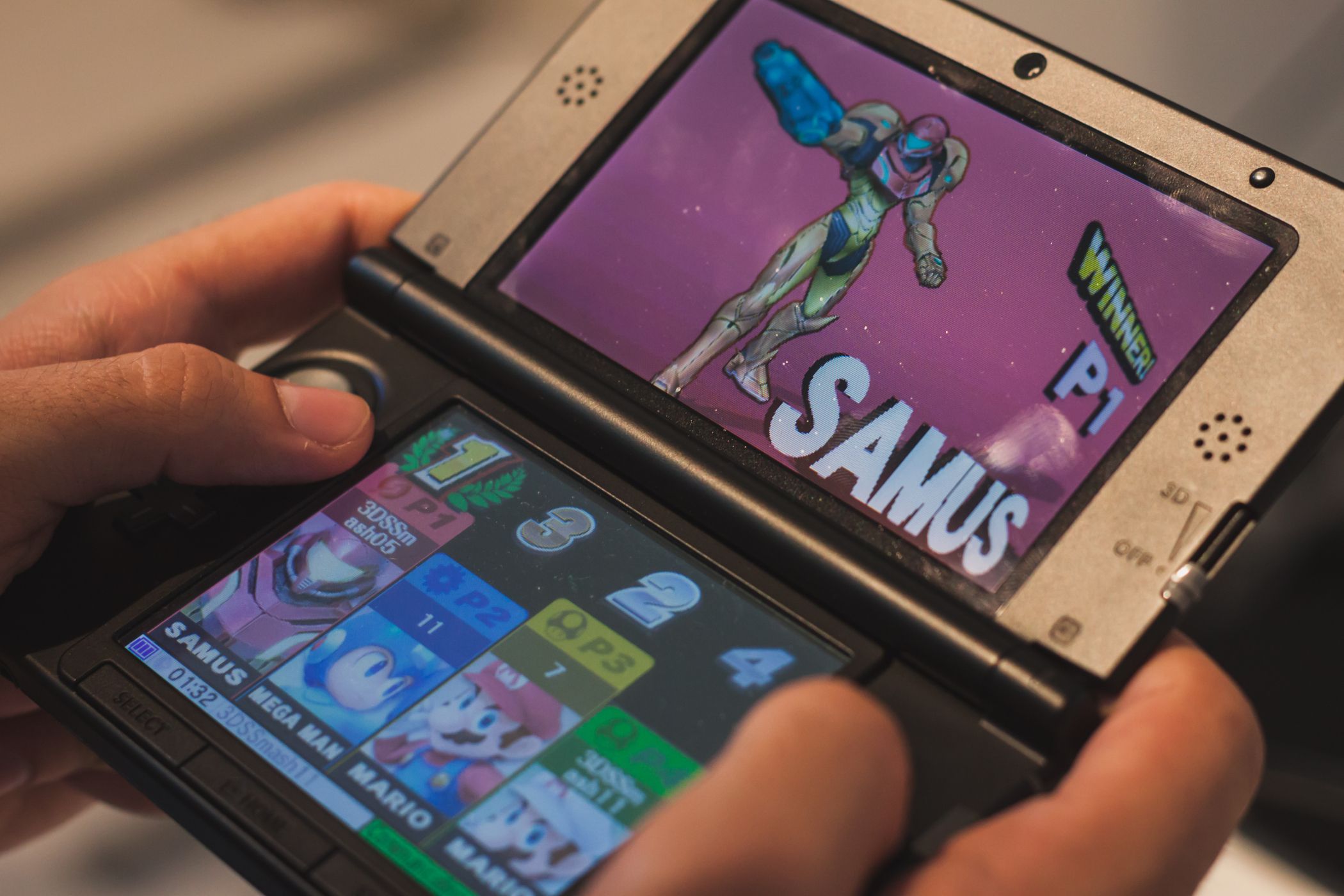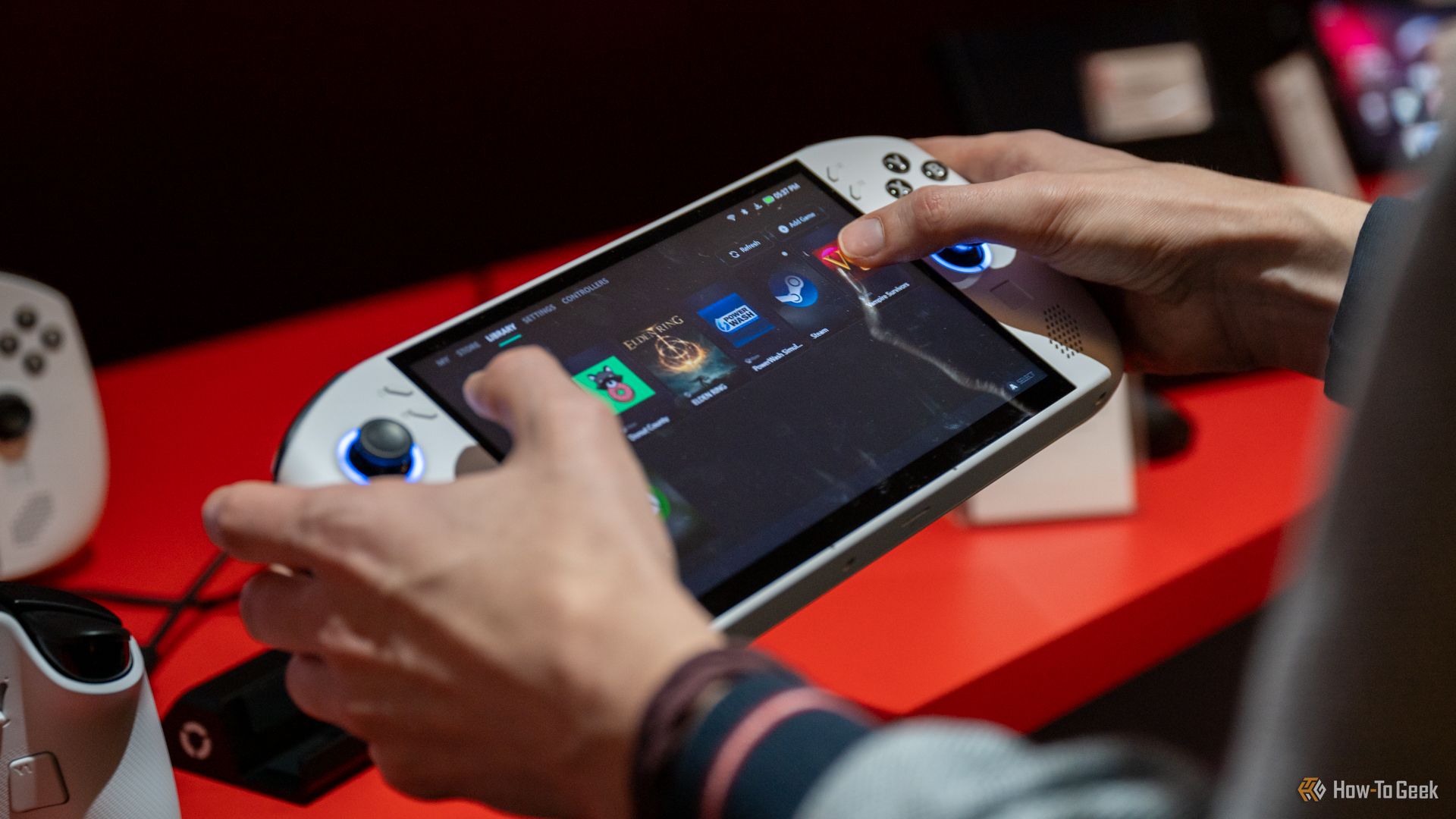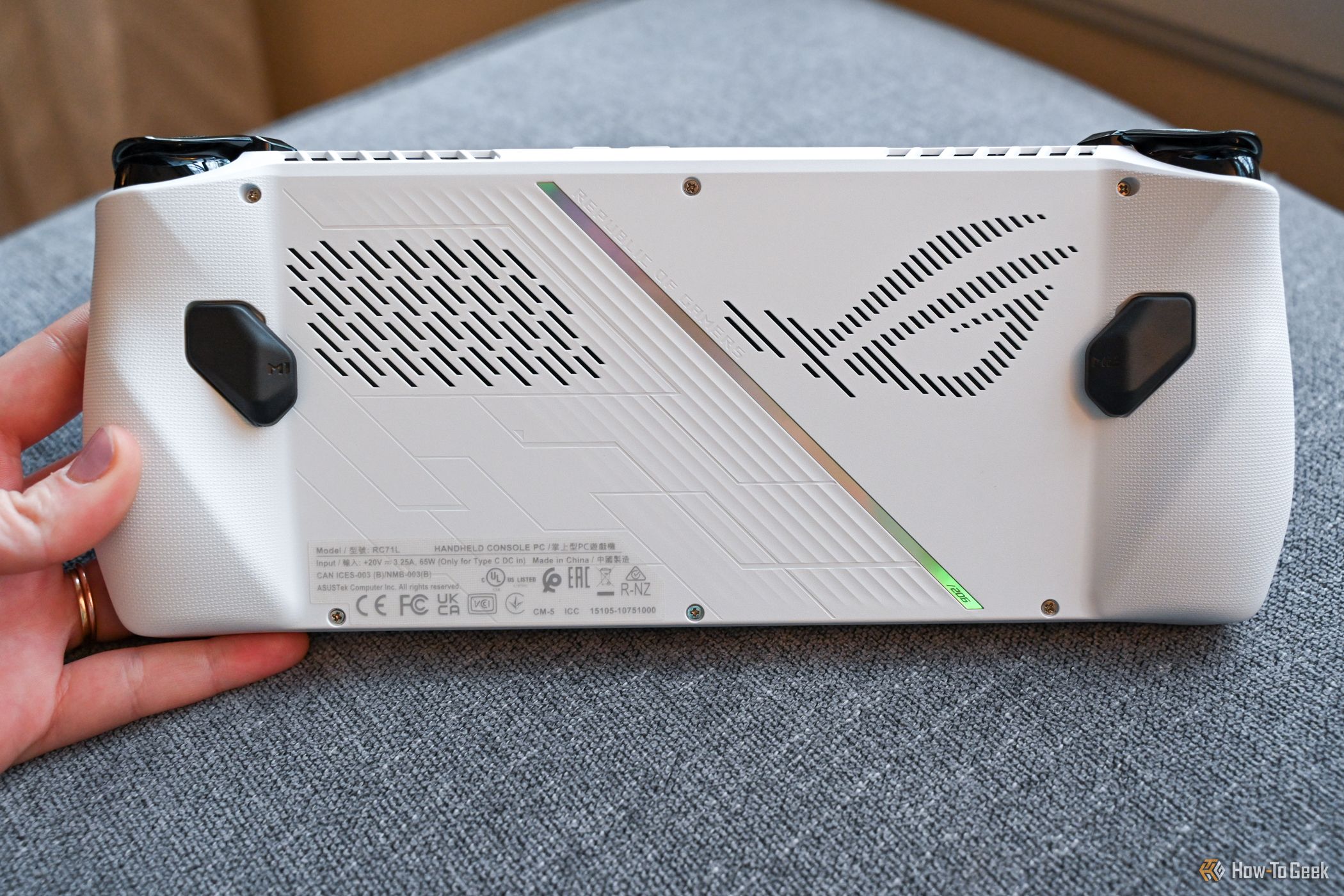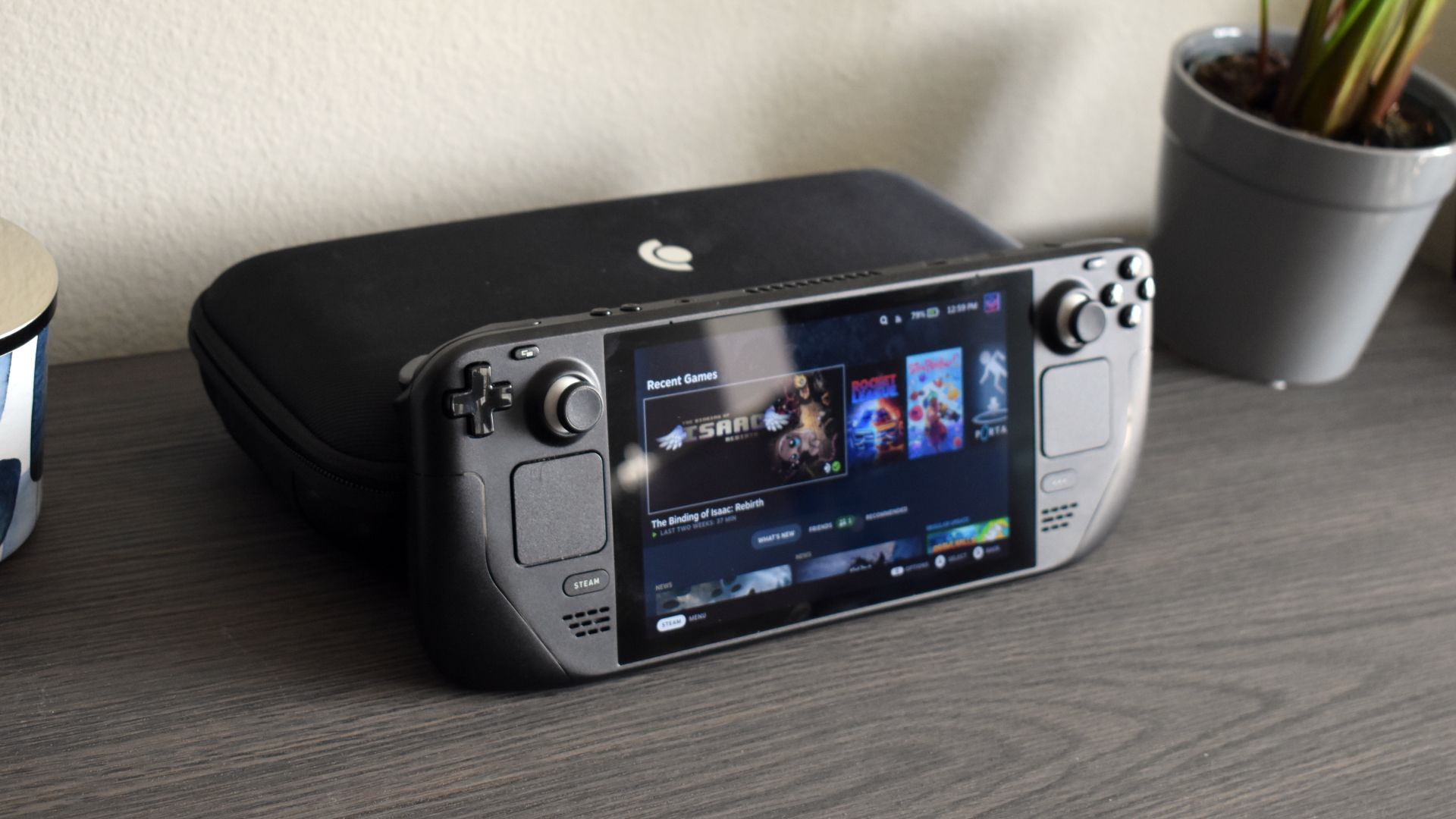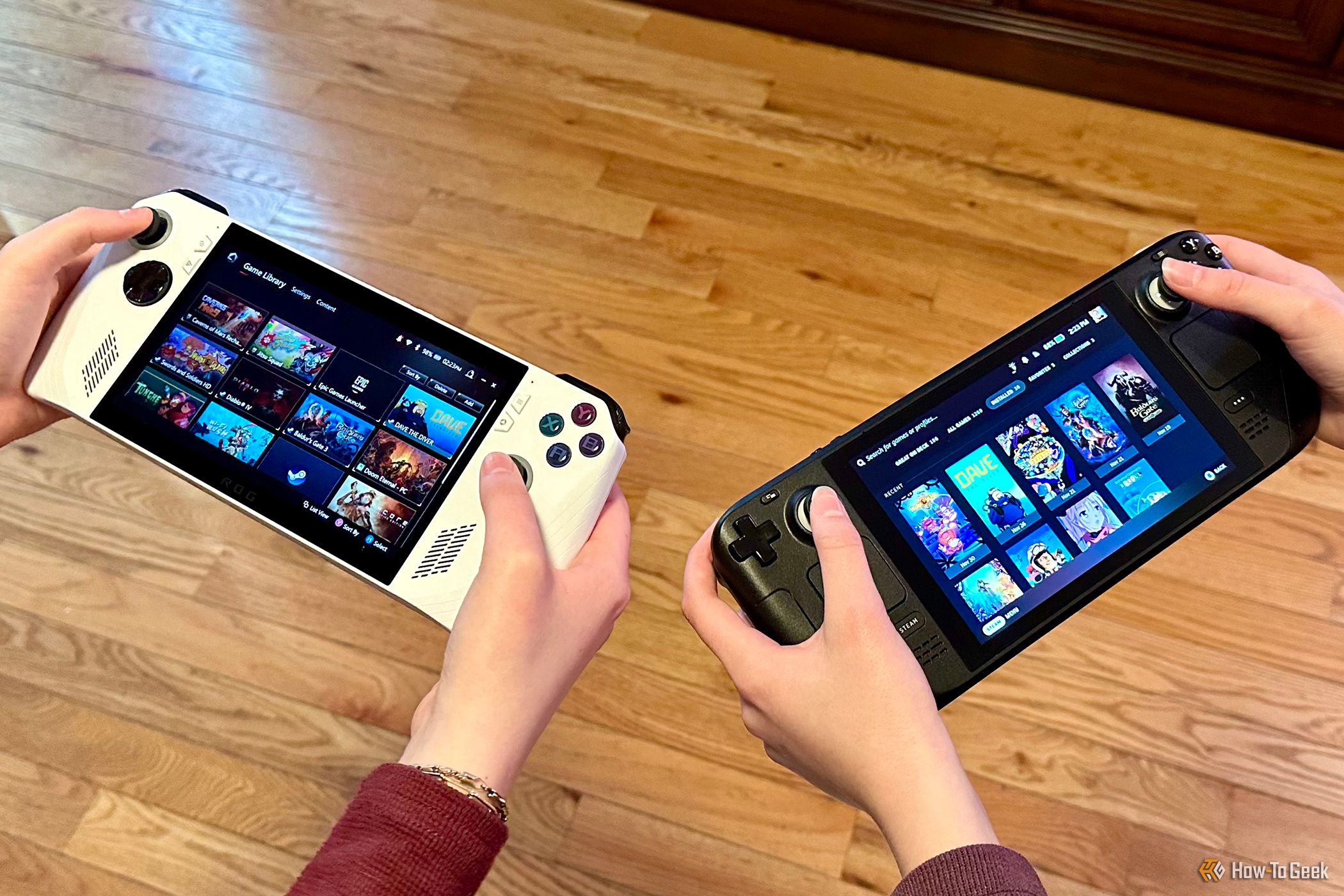Summary
- Modern handhelds aren’t as portable as classics like the Nintendo Game Boy, the Nintendo DS, or the PlayStation Portable.
- Powerful new gaming handhelds are big and heavy, with short battery life. This makes them best used around the house.
- Modern handhelds are so premium and costly, that they can be uncomfortable to pull out in public.
At CES 2025, Acer unveiled the behemoth Nitro Blaze 11 Windows gaming handheld. It’s huge. The Steam Deck, great as it is, isn’t that much smaller. Have handheld makers lost the plot?
The Key Word Is “Portable”
Most modern gaming handhelds are modeled after the Nintendo Switch, which has sold gangbusters since its release in 2017 and is only now getting a successor. Nintendo advertised the Switch as a console you could not only play on your TV but remove from its dock to take with you.
As a device intended for anyone in the family to use, kids included, the original Nintendo Switch was only 6.8 inches wide without Joy-Cons attached and 9.4 inches with them. This is not that different in size from an iPhone Pro Max slotted inside a Backbone controller. The Switch is large and fragile enough to require a carrying case or bag of some sort when out and about, but it’s not too unwieldy to lug around.
Despite this, the Switch now looks small compared to most of the competition.
The Best Handhelds Were Small Enough to Take Everywhere
I grew up with an original Game Boy. It was a thick, chunky device, but it’s still small by today’s standards. It’s around half as tall as the Steam Deck is wide, and it’s one-third as heavy. My child-sized hands found the device easy to carry, and it was durable enough that it didn’t need a case. My parents gave me one to use as-is, and that thing was fine. I wouldn’t be all that surprised now if someone dug the device out of a landfill today only to find it still in a functional state.
Nintendo handhelds grew increasingly portable. The Game Boy Pocket and the Game Boy Color were both thinner and lighter. The Game Boy Advance was the first to be wider than it was tall, shaped like a modern gaming handheld with a small screen but without the joysticks. The Game Boy Advance SP introduced a clamshell design that made it the most pocketable Game Boy you could buy.
The entire Nintendo DS line felt like Nintendo combined both versions of the Game Boy Advance and added a stylus, yet these devices occupy about as much space in your pocket as a modern smartphone with a chunky case.
Nintendo doesn’t get all the credit. While the Sega Game Gear may have been closer in size to modern handhelds, Sony’s PlayStation Portable and PlayStation Vita were both small by today’s standards. And while I’m about to bemoan the state of modern handhelds, I’d be remiss if I didn’t give Playdate a shout-out for carrying the torch.
Gaming Handhelds Are Getting Too Big
Companies like Valve, ASUS, Lenovo, and Acer have all responded to the Nintendo Switch by going after that console’s weak point: its aging hardware. Any of these companies’ devices can blow the Switch out of the water in terms of processing power. Everything from the CPU to the RAM, to the type of storage is bigger and faster.
Yet each of their devices is less portable than the Switch, which itself is already Nintendo’s least portable handheld. They’re heavy enough that when picking one up, would-be buyers have to first consider whether the device simply weighs too much. A handheld isn’t much use if it’s uncomfortable to hold for more than half an hour at a time.
Portable Enough to Reach the Sofa
The increased size and performance mean that while these gaming handhelds can technically leave the home, they’re best used around the house. Many of them only have a few hours of battery life if you’re playing a demanding game, and they can take a couple hours or more to charge back up. It’s best to have an outlet nearby if you don’t want to have the low-battery indicator put an unexpected end to your game.
This makes modern handhelds best used on the sofa. They’re ideal for people who share a living space, allowing you to play a game while someone else watches something on TV. You can slip off to the bedroom at night and get some game time in without the kids catching on that there’s fun happening in the house. Side note: Clandestine gaming is also one of my favorite uses for AR glasses.
Lugging Them Around Is Like Packing Luggage
Despite the name, I have never owned pants or a jacket with pockets large enough to hold a Lenovo Legion Go. The same can be said for a tablet, which also makes for a decent gaming handheld. I used to own a Nexus 7, and while some people could fit one in their pants pocket, I was not that guy.
To carry any of these devices with you when you leave the house, you need a carrying case or a bag. Preferably both, since you don’t want your device getting all scuffed up inside your backpack.
I sold my Steam Deck in part because it was just too unwieldy for travel. It was too large to shove into the small messenger bag that holds my other tech, and it was one more thing to remember to pack when I was already juggling too much luggage.
I often opted to leave it at home rather than bring it even to my parents’ house, somewhere I’d have both time to game and easy access to outlets. If I took it out of the house, it was usually when I was going to an EV charging station to charge during a time when I didn’t have a car charger installed at home.
These Devices Attract Too Much Attention In Public
Asus ROG Ally Z1 Extreme (left) versus Steam Deck 512GB LCD (right)
I wouldn’t say there was ever a time I felt fully comfortable just leaving a handheld lying around on a table while I walked off to use the bathroom, but I wouldn’t feel self-conscious pulling one out on a park bench or in the doctor’s office waiting room.
I don’t know if I’d feel the same with a ROG Ally. It’s a larger, shinier, more premium piece of tech. If pulling out a 3DS back in the day signaled that I was a gamer nerd, pulling out a Steam Deck, even the cheapest one, signals that I have money.
I’m not only bothered by the self-consciousness of wondering what others think of me in public or whether it’s safe to leave my handheld visible in the back seat of my car. The bigger issue is the pain to my wallet that would be felt if the device were actually stolen (or, more likely, dropped).
I thought dropping $250 on a Nintendo 3DS at launch was a splurge as a young adult. A Steam Deck OLED would today set me back half a grand. You could mention inflation, but a Nintendo Switch Lite currently priced at $230 manages to be a more powerful system for less. You can also pick them up for $100 if you know where to look.
On the whole, modern gaming handhelds simply aren’t cheap, and most look every bit the expensive piece of tech that they are.
What do I consider the best gaming handheld available today? Personally, it’s my (foldable) phone. It’s small enough to fit in my pocket, it’s accessible whenever I have downtime away from home, and it has a colossal gaming library.
Sure, finding a good mobile game in the Play Store is worse than looking for a gem in the GameStop bargain bin during the days of rampant shovelware, but there are still more than enough excellent mobile titles and cross-platform ports to hold my interest.


